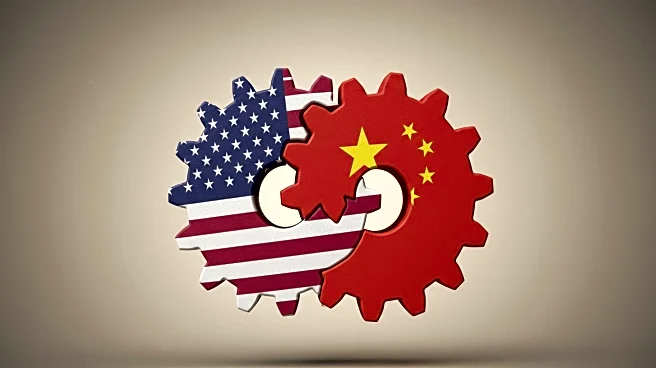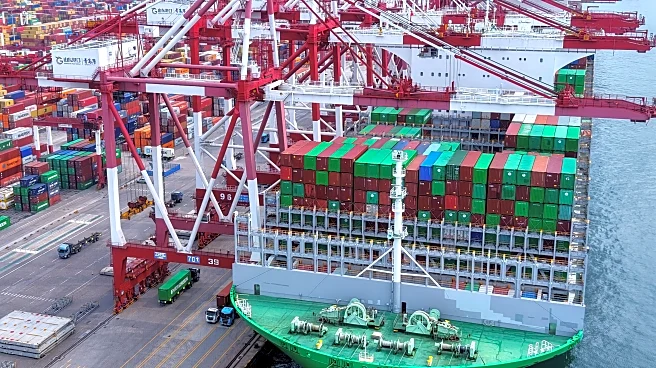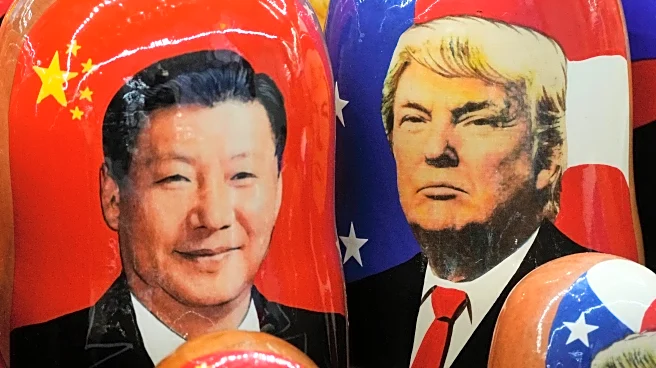Rapid Read • 9 min read
The United States and China have reached a tentative trade truce, maintaining tariffs at high but manageable levels. President Trump and Chinese leader Xi Jinping are expected to meet later this year to discuss further trade agreements. The ongoing trade war has accelerated efforts by both nations to identify and exploit vulnerabilities in each other's supply chains. The U.S. is particularly focused on China's control over rare-earth elements, which are crucial for electronics and defense industries. Despite agreements to ease the supply of these elements, challenges remain in securing them for U.S. industries. The U.S. has also imposed export controls on certain technologies critical to China's economy, such as software tools and aerospace equipment. These actions are part of a broader strategy to leverage economic pressure and secure a favorable trade deal with China.
AD
The trade dynamics between the U.S. and China have significant implications for global economic stability and national security. The U.S. aims to reduce its dependency on Chinese supply chains, particularly for critical materials like rare-earth elements. This strategy could lead to a realignment of global trade relationships and impact industries reliant on these materials. The U.S. is also using trade negotiations to strengthen its technological edge by controlling the export of key technologies to China. These moves could bolster U.S. manufacturing and technological leadership but may also provoke retaliatory measures from China. The outcome of these negotiations will affect not only the two countries involved but also global markets and supply chains.
The U.S. and China are expected to continue negotiations, with a potential meeting between President Trump and Xi Jinping later this year. The U.S. will likely pursue further agreements to secure its supply chains and reduce reliance on Chinese imports. New tariffs and trade regulations may be introduced to protect U.S. industries. The international community will be watching closely, as these developments could influence global trade policies and economic alliances. The U.S. may also seek to strengthen ties with other trading partners to counterbalance China's influence.
The trade negotiations highlight the complex interplay between economic policy and national security. The U.S. strategy of leveraging trade to secure supply chains reflects a broader trend of economic nationalism. This approach may lead to increased tensions with allies who are also navigating their relationships with China. The focus on rare-earth elements underscores the strategic importance of these materials in modern technology and defense. The outcome of these negotiations could set a precedent for how countries manage trade and security in an increasingly interconnected world.
AD
More Stories You Might Enjoy












